https://spherebeingalliance.com/blog/transcript-cosmic-disclosure-the-great-solar-flash.html
----------------------------------------------
David Wilcock: All right, welcome back to “Cosmic Disclosure”. I'm your host, David Wilcock. We're here with Corey Goode, and we're also here with one of the only guys who's been in the scene longer than I have, Jay Weidner.
I got into what you were doing a long time ago, and I think one of the first things . . . The way I first encountered you was through Richard C. Hoagland.
Jay Weidner: Yeah, right.
David: So you worked with him for a long time.
Jay: Yeah, about 10 years I spent with him.
David: And you did some pretty phenomenal analysis of “2001”, . . .
Jay: Right.
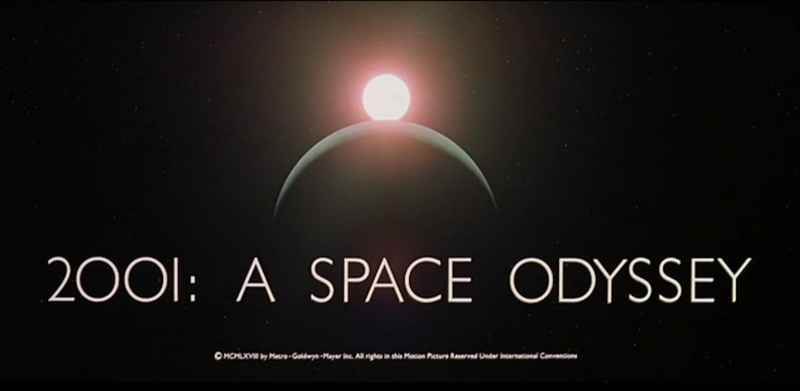
David: . . . which I'd never really seen the full extent of that. So since this episode's on the solar flash, and, of course, “2010” has a flash of Jupiter . . .
Jay: Which was based on Hoagland's theory, too, by the way.
David: Oh, really?
Jay: Yeah. The “2010”, the followup novel by Arthur C. Clarke, it says at the end, “based on a theory by Richard Hoagland.”
David: No kidding?
Jay: Yep.
David: What do you think the message of “2001” was? What were they trying to tell us in that movie?
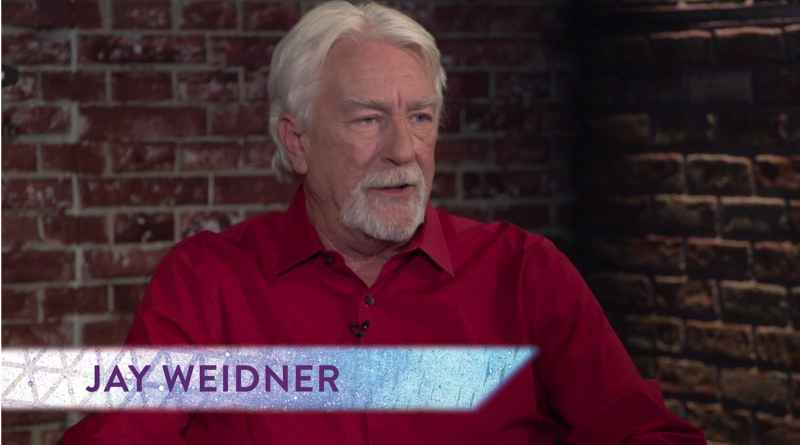
Jay: That we are on the edge of a great transformation – the human race is. And that we are faced with kind of a Hobson's choice, where we can go down the AI thing with Hal and have AI run our lives, or we can rebel against the AI, cut it short like the astronaut Bowman does in the movie, and then physically, organically ascend – ascend like he does, by going through the stargate.
So the aliens, whoever the high intelligence is, are trying to initiate humanity, and he's the first one through the gate.
David: Corey, do you think that “2001” might have been an effort to disclose the reality of Ancient Builder Race ruins, considering there's this black, obelisk-type slab on the Moon?
Corey Goode: Oh, yeah. That's obvious. Yeah.
Jay: Yeah.
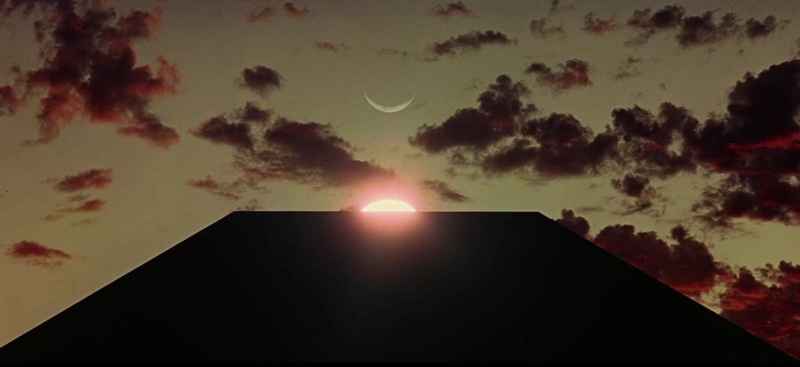
David: So, Jay, when the original obelisk shows up, a lot of people are confused by “2001” at the beginning. They say, “What the hell? There's 15 minutes of monkeys running around, screaming.”
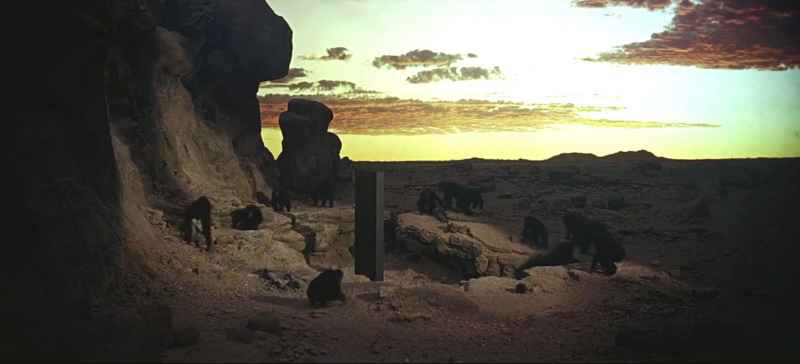
Jay: Right. Yes.
David: And then this obelisk shows up, and the first thing that happens when one of the monkeys touches it is he becomes aggressive.
Jay: Yes. He learns how to kill and eat meat. They're eating veggies before, plants, but after the encounter with the monolith, they turn into meat eaters.
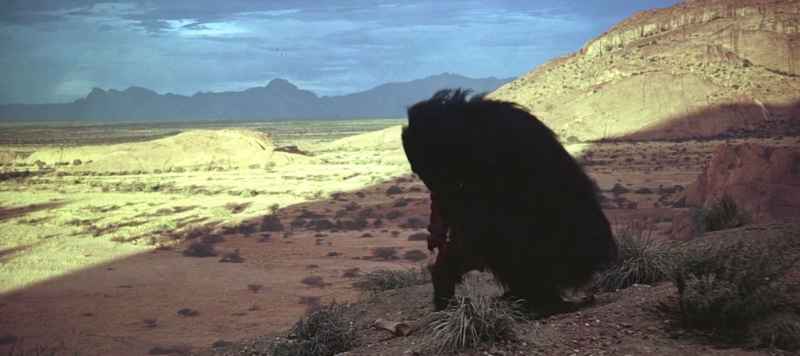
And clearly, the next shot is a guy eating raw meat.
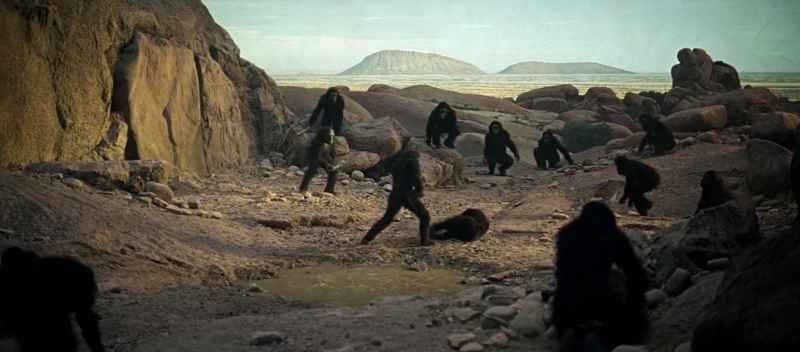
And then the first killing, the first murder, happens over the waterhole.
And, again, Kubrick is telling us that transformations are messy. They can be very messy, and that violence can come from transformation, especially if they're not ready, and the first murder happened.
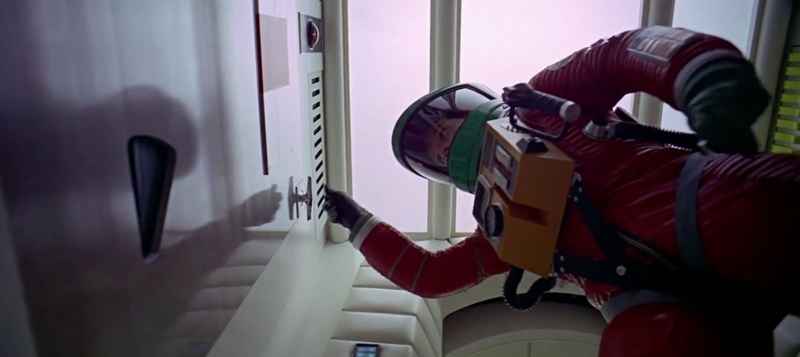
And then, of course, Bowman kills Hal at the end, near the end of the movie, before his transformation.
And then Hal, the AI computer, murders all the astronauts. So the whole thing is about Hal is trying to stop them from becoming enlightened, because he's reaching his own form of sentience.

And in the beginning, the monkeys were headed for extinction, for sure . . .
David: Okay.
Jay: . . . because they're hiding at night from the wild animals, and the monolith intervenes to bring about the first wave of enlightenment.
David: Why do you think that the bone that the monkey uses as the weapon to kill gets thrown up in the air, and then it turns into the Odyssey.
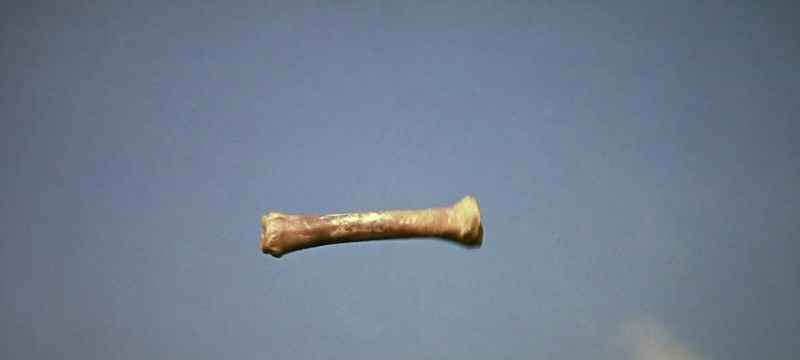

Jay: Yeah, because he was trying to . . . He was saying that all of human history that happened between the time of that first transformation and the time of the next transformation, which is the next part of the film, all of that is useless and pointless. All of that history, all of that is pointless.
The only thing that matters is this transformation of the human race. That's all he cares about. He doesn't care about anything that happened in between, because none of it's important.
The only thing that's important is this transformation by the monolith to create a new human.
David: Why do you think he chose the year 2010 for the next movie?
Jay: I don't know why he chose 2010, but I think I know why he chose 2001.
David: Okay.
Jay: Okay. So what happened was the original title was “Journey Beyond the Stars”. And then, mysteriously, in late 1967, Stanley decided to change the name to “2001: A Space Odyssey”.
Well, what's very interesting about this is that one of Stanley Kubrick's best friends was Mel Brooks. They grew up in the Village together, and at late 1967, an episode of “Get Smart” appeared called “The Walls of Jericho”.
Now, this was very interesting, so stick with me on this.
(continue reading here)
No comments:
Post a Comment